Although Amsterdam and Copenhagen can be considered world-class cycling cities, anyone who rides their streets recognizes that they offer different experiences. Both cities have embraced the bicycle as a major form of transportation, but they’ve each developed unique cycling cultures shaped by history, geography, and local norms.
Following is a summary of 19 key differences between these two cycling capitals:.
Street Design Philosophy
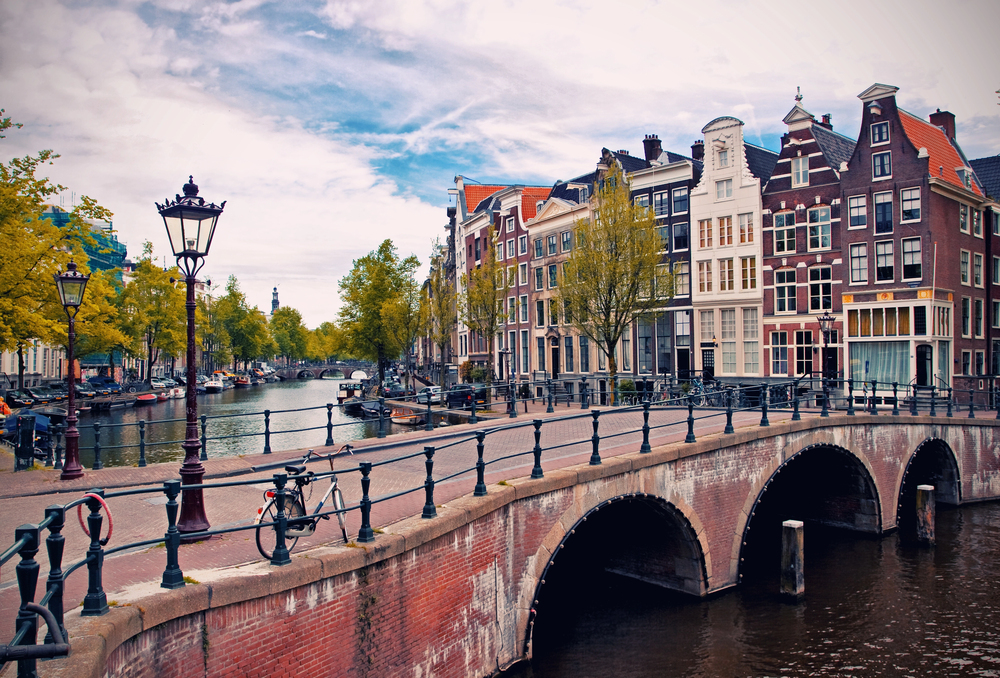
Amsterdam’s streets evolved organically over centuries, creating a charming but sometimes chaotic network of narrow lanes and canals. The cycling infrastructure was retrofitted into this existing layout, leading to creative solutions.
Copenhagen, in contrast, embraced a more systematic approach to street design with wider, more standardized bicycle lanes that often run parallel to major thoroughfares, separated from cars and pedestrians.
Traffic Signal Systems
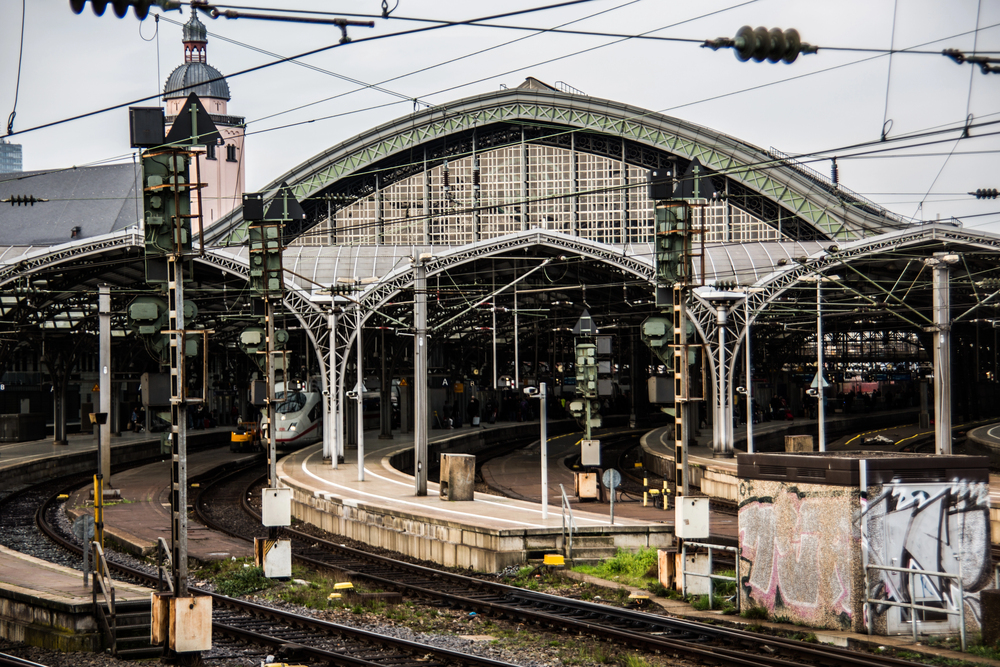
Copenhagen uses an advanced “green wave” traffic light system tuned to a 12-mph cyclist speed, where cyclists can run through one green light after another without ever coming to a halt. Amsterdam’s traffic lights are less adapted to cyclists, with more frequent starts and stops, although the generally slower tempo of traffic throughout the city gives some mitigation for this disparity.
Like Travel Pug’s content? Follow us on MSN.
Bicycle Parking Solutions

Amsterdam grapples with bike parking, with bikes chained to each railing, bridge, and pole—producing the iconic but disorganized ‘bicycle forests’ across the city. Copenhagen has invested greatly in structured underground bike parking structures, bike towers, and allotted parking areas that keep the streetscape more tidy while holding thousands of bikes.
Weather Adaptation

Copenhagen cyclists experience harsher winters and significant snowfall; thus, the city deploys effective snow-clearing tactics on cycling paths. Bike lanes are typically cleared before automobile lanes during winter storms.
Amsterdam has a milder climate, with frequent rain being the predominant problem. This makes the culture all-year-round cycling, regardless of the weather, and there is little in the way of specialized winter facilities.
Bike Types and Styles
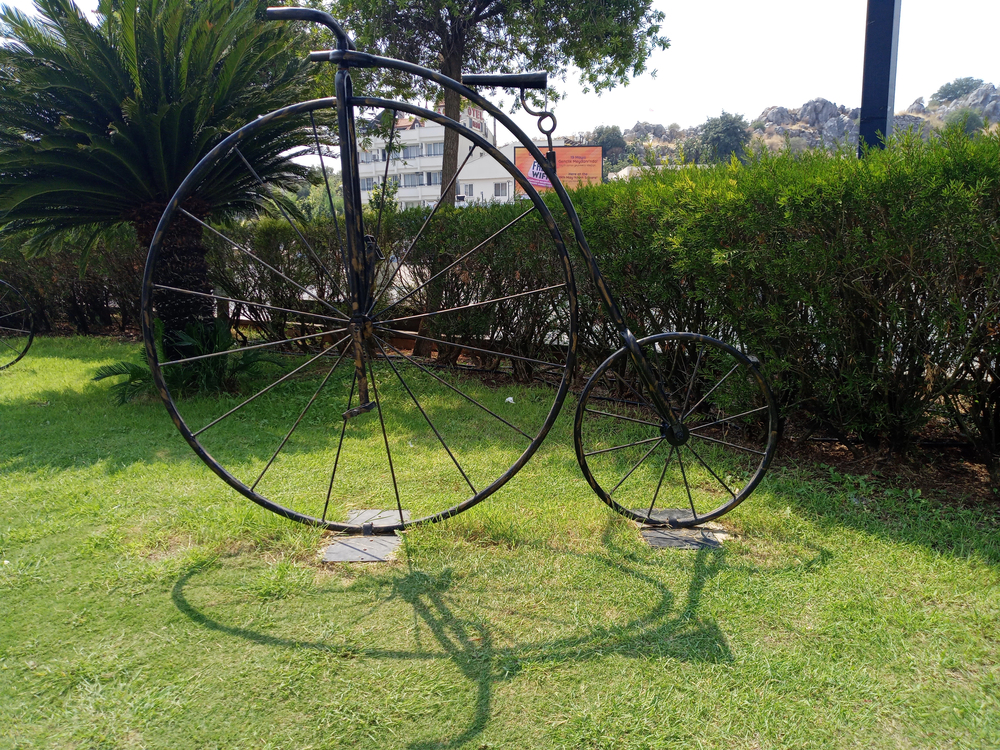
The traditional Dutch bicycle dominates Amsterdam’s streets—upright, strong, and frequently pretty heavy with coaster brakes and low gears. Cyclists in Copenhagen usually ride lighter, less cumbersome bikes with several gears for coping with more varied terrain and a wider range of bicycle models, from race bikes to luggage bikes.
Like Travel Pug’s content? Follow us on MSN.
Cycling Attire

Amsterdammers embrace the ‘ride as you are’ philosophy, cycling in business attire, fashionable clothes, or whatever they happen to be wearing. This casual approach means specialized cycling clothing is rare.
Copenhagen has a slightly more athletic cycling culture, with more riders wearing reflective gear, cycling-specific clothing, and helmets, especially during commuting hours.
Bridge Infrastructure

Amsterdam’s numerous canals necessitate dozens of bridges, many quite steep, creating a characteristic up-and-down riding experience that locals navigate with practiced ease. Copenhagen has fewer waterways to cross, resulting in a flatter, more consistent riding experience, though the city’s newer bicycle-specific bridges, like the Cykelslangen (Bicycle Snake), have become iconic landmarks.
Cycling Speed

Copenhagen bike riders generally propel themselves at a faster pace, using cycling as utilitarian transport and feeling a sense of hurry to get from point A to point B. Amsterdam’s bicycle culture is more relaxed, with slower mean speeds and a greater emphasis on just getting around the city. This is partly due to the high concentration of tourists mingling with the locals.
Like Travel Pug’s content? Follow us on MSN.
Right of Way Customs
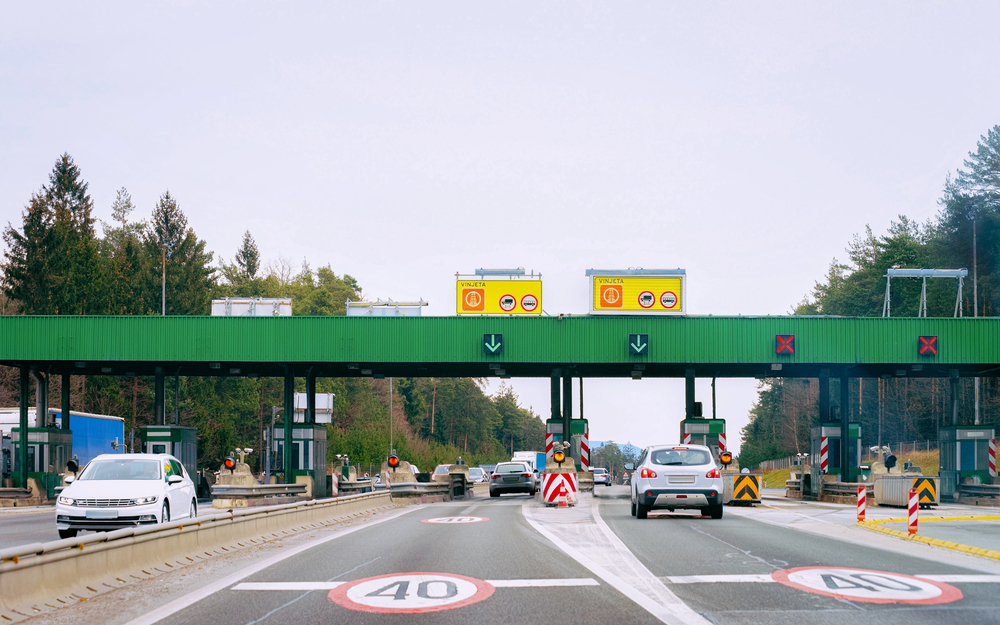
In Amsterdam, cyclists tend to dominate the hierarchy of transportation with a sense that pedestrians and, at times, even drivers must give way. This can create a dominating cycling culture to which tourists might be taken aback. In Copenhagen, traffic is better structured, laws are respected meticulously, and motorists, cyclists, and pedestrians defer to clearly labeled spaces and directions.
Cargo Transportation

Copenhagen embraced purpose-built cargo bikes early, developing the famous Christiania bikes and other specialized models for transporting children and goods. These are widely used by families and businesses alike.
Amsterdam features more improvised cargo solutions, with standard bikes often modified with crates, baskets, or child seats to increase carrying capacity.
Tourist Integration

Amsterdam faces significant challenges integrating tourists into its cycling network, with rental bikes and inexperienced riders creating occasional chaos in busy areas. Copenhagen experiences less cycling tourism, creating a more consistent flow dominated by knowledgeable locals, though this is changing as more visitors seek authentic local experiences.
Like Travel Pug’s content? Follow us on MSN.
Cyclist Demographics

Copenhagen shows greater gender and age equality among cyclists, with roughly equal numbers of men and women and strong representation across age groups. Amsterdam also has a diverse ridership but tends to skew slightly younger in the city center, with older riders more common in residential neighborhoods and suburbs.
Bicycle Lane Width
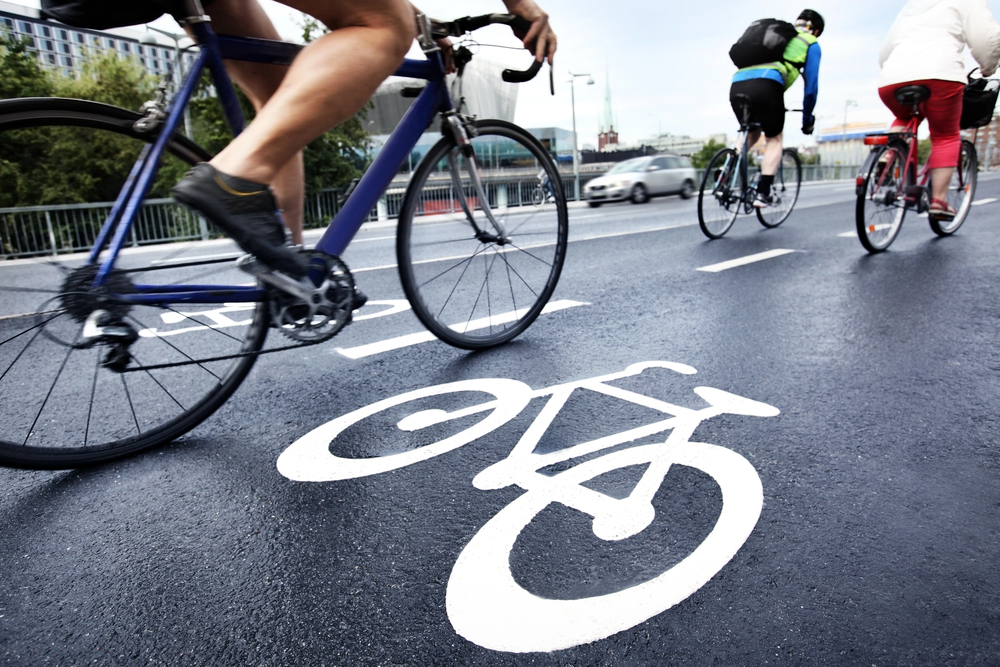
Copenhagen prioritizes wider cycling lanes that easily accommodate passing and side-by-side riding, reflecting the city’s commitment to cycling as serious transportation. Amsterdam’s bike paths tend to be narrower due to space constraints in the historic center, creating a more intimate but sometimes crowded cycling experience, especially during rush hours.
Cycling Culture Status
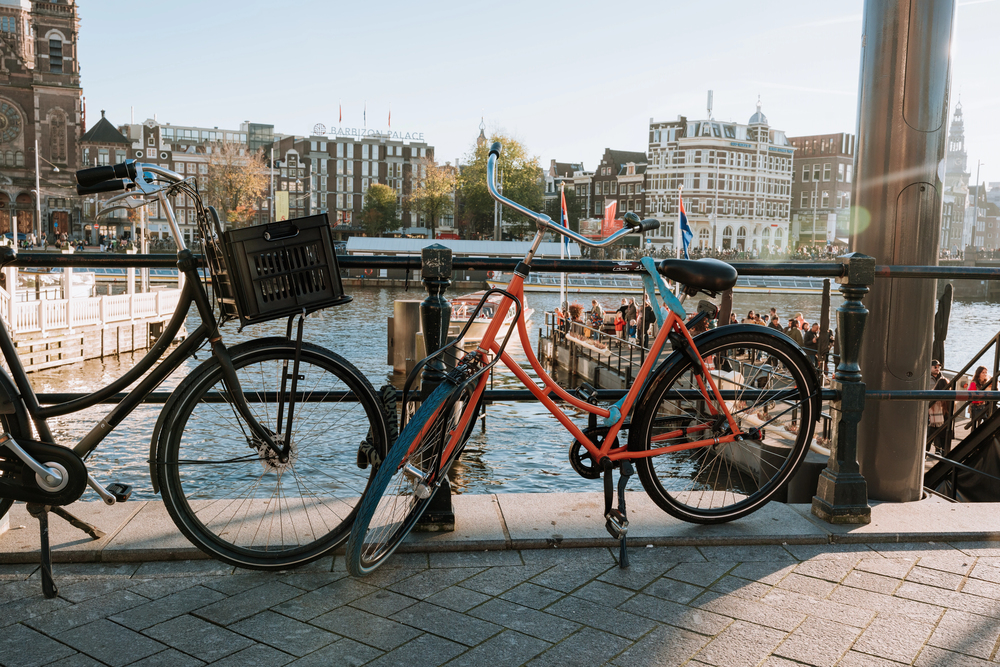
Amsterdam’s cycling culture feels deeply embedded in the city’s identity—almost invisible in its ubiquity and taken completely for granted by locals. Copenhagen’s cycling culture carries a slight sense of intentional progressivism, celebrated more explicitly as part of the city’s commitment to sustainability and livability.
Like Travel Pug’s content? Follow us on MSN.
Navigational Challenges
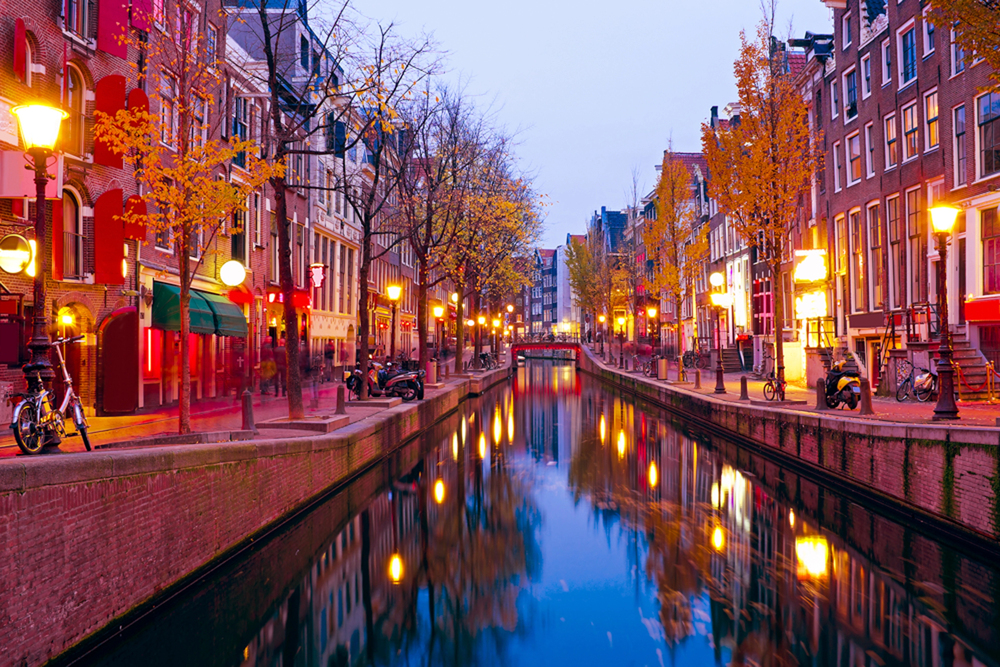
Amsterdam’s concentric canal system creates a somewhat confusing navigational experience for newcomers, with similar-looking bridges and intersections that can disorient even experienced visitors. Copenhagen’s grid-like structure in many areas makes navigation more intuitive, supported by clear signage designed for cyclists.
Helmet Usage

Copenhagen’s notably higher helmet usage, especially among commuters and children, reflects a safety-conscious cycling culture. Amsterdam maintains its traditional helmetless riding culture, with locals rarely wearing protective headgear and instead relying on the safety of separated infrastructure and the critical mass of cyclists.
Bicycle Cost and Security

Bike theft issues inform both cities but in different ways. Amsterdammers ride older, less expensive bikes with several locks to discourage theft. Copenhageners spend more on better-quality bikes, trusting more in secure parking lots and registration schemes than consciously downgrading their vehicles.
Like Travel Pug’s content? Follow us on MSN.
Innovative Infrastructure
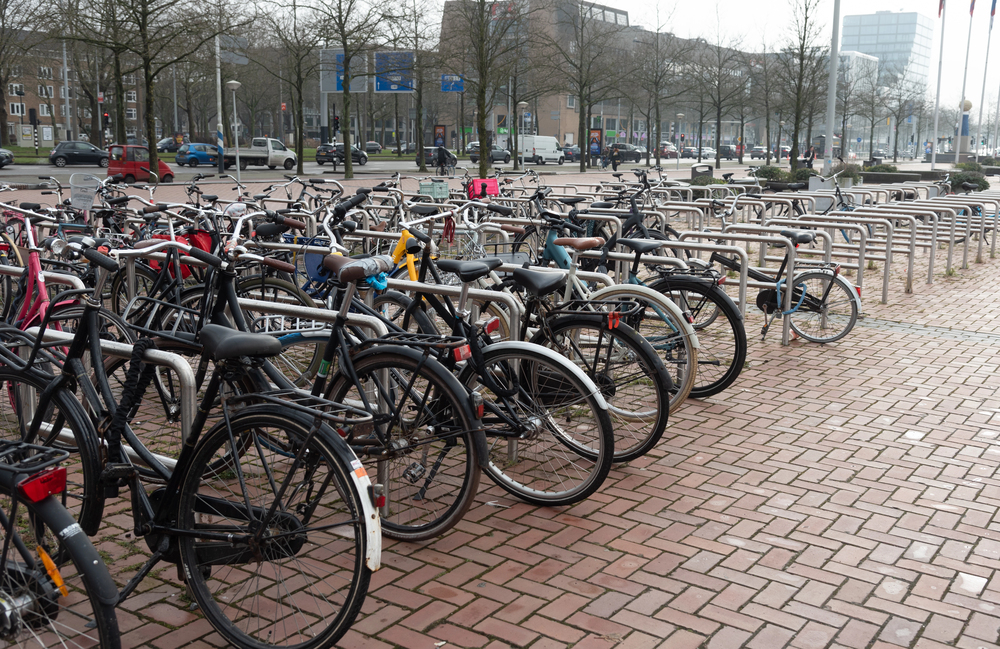
Copenhagen leads in showpiece cycling infrastructure solutions, ranging from specialized cycling bridges to cycle highways linking suburbs and the inner city. Amsterdam emphasized traffic-calming works and marginal growth in its built network, with preference given to integrating its historic inner structure with eye-candy schemes.
Sound Landscape

Amsterdam possesses unique cycling soundscapes, including ringing bicycle bells as a primary communication method between road users. The cycling soundscapes of Copenhagen are quieter, with less bell-ringing, more use of hand signals, and waiting to facilitate interactions between cyclists.
Cycling Legacy and Future Directions

Both cities are cycling pioneers but follow different paths to their future. Amsterdam focuses on maintaining its cycling heritage amid pressures of tourism and expansion in its historic precincts.
Copenhagen pursues continuing cycling innovation as part of its overall city planning strategy, with lofty ambitions to expand cycling’s share of trips even more. The cycling cultures of Amsterdam and Copenhagen show that one doesn’t have to follow a single model to create a bicycle-friendly city.
Both have created methods that resonate with their urban history and context, showing that replicable successful cycling cities can have varying historical, geographical, and cultural roots—a hopeful lesson for cities everywhere seeking to promote cycling as a sustainable mode of transportation.
Like Travel Pug’s content? Follow us on MSN.
More from Travel Pug

- Cities Growing so Fast You Won’t Recognize Them in 10 Years
- 13 Destinations Where Tourists Regularly Regret Their Trip
- 20 Obscure WWII Sites Even History Buffs Don’t Know About
- 10 Under-the-Radar Mountain Towns That Are Both Affordable and Beautiful
- Remote Villages in Europe Where You Can Live for Free in Exchange for Work
Like Travel Pug’s content? Follow us on MSN.
